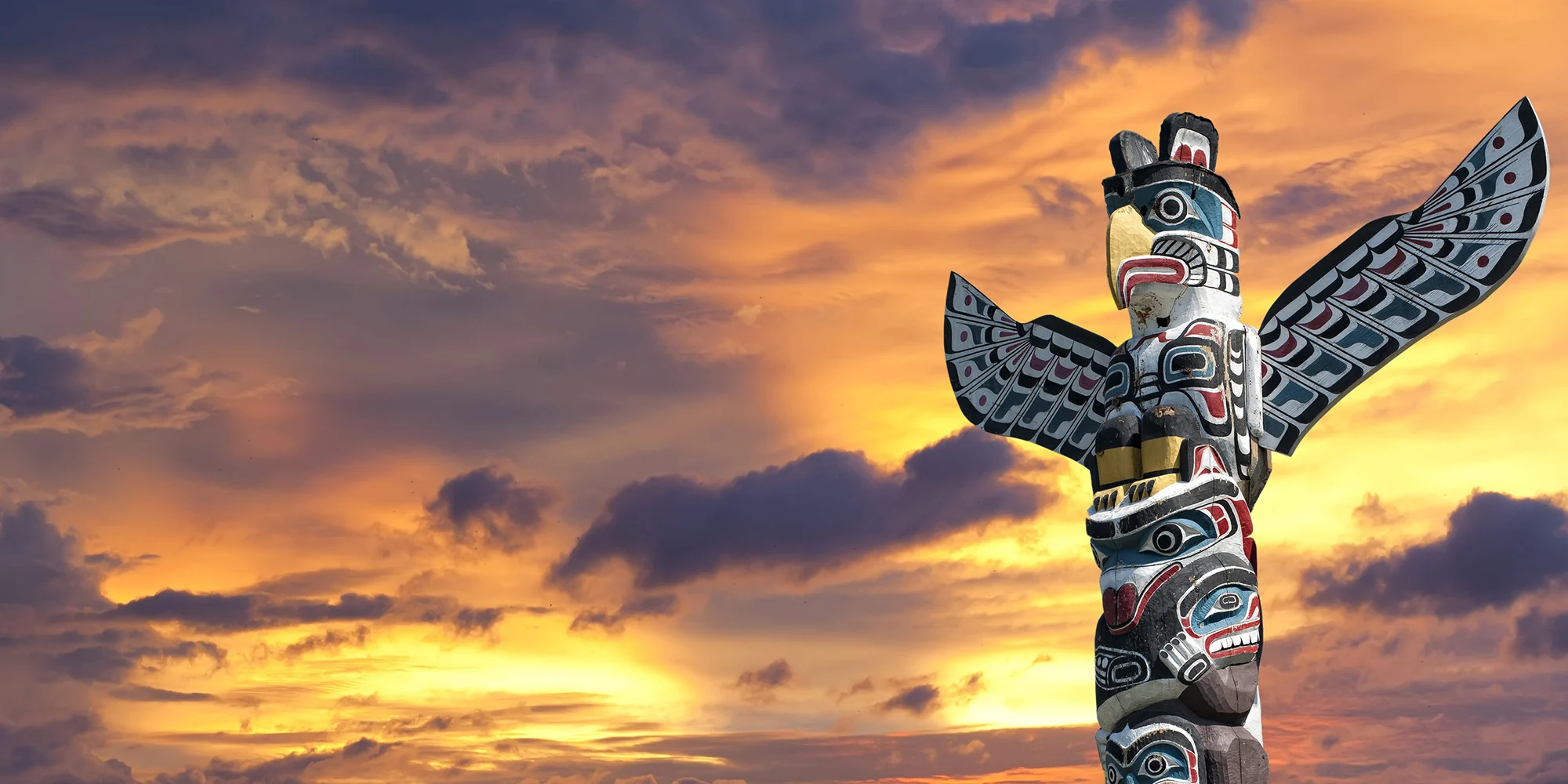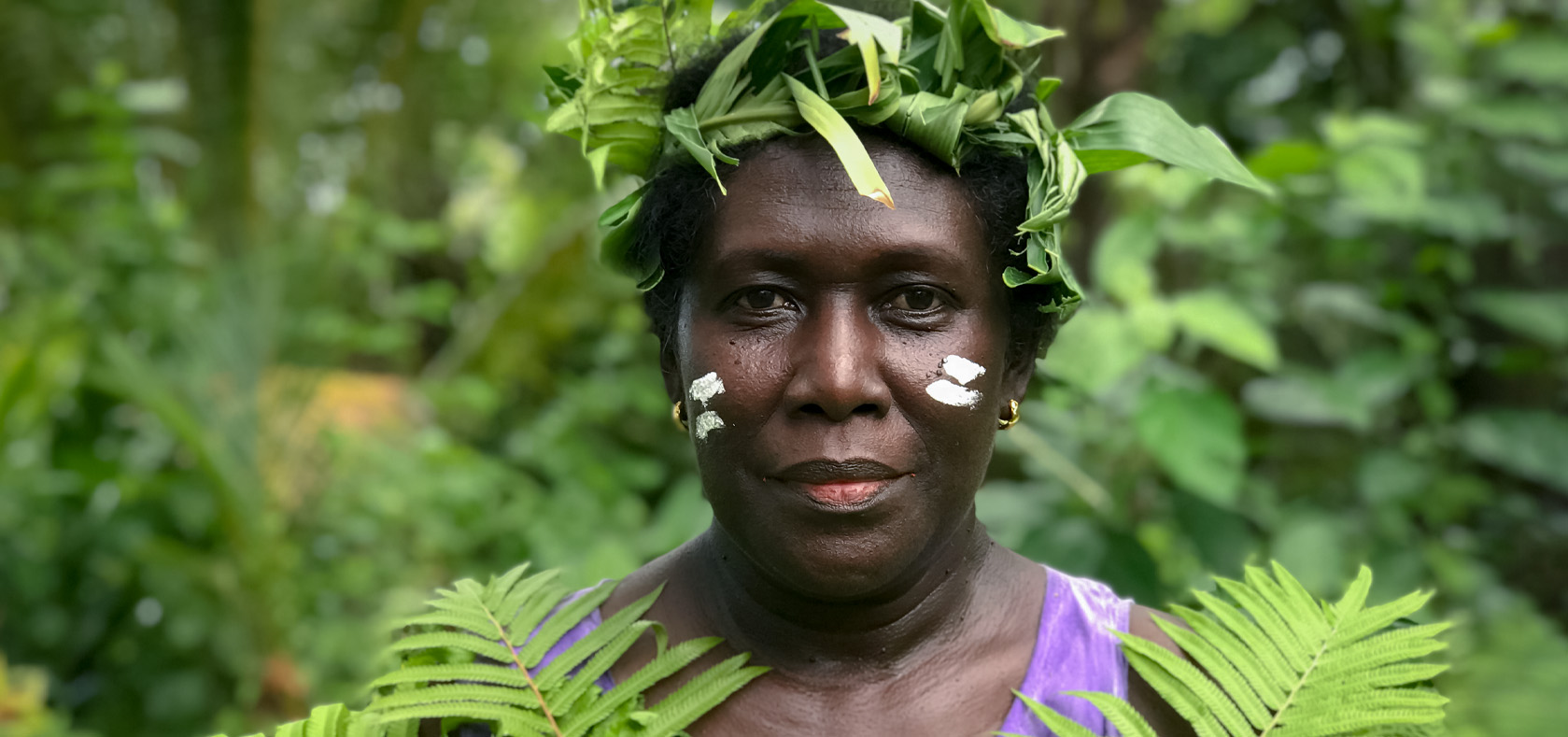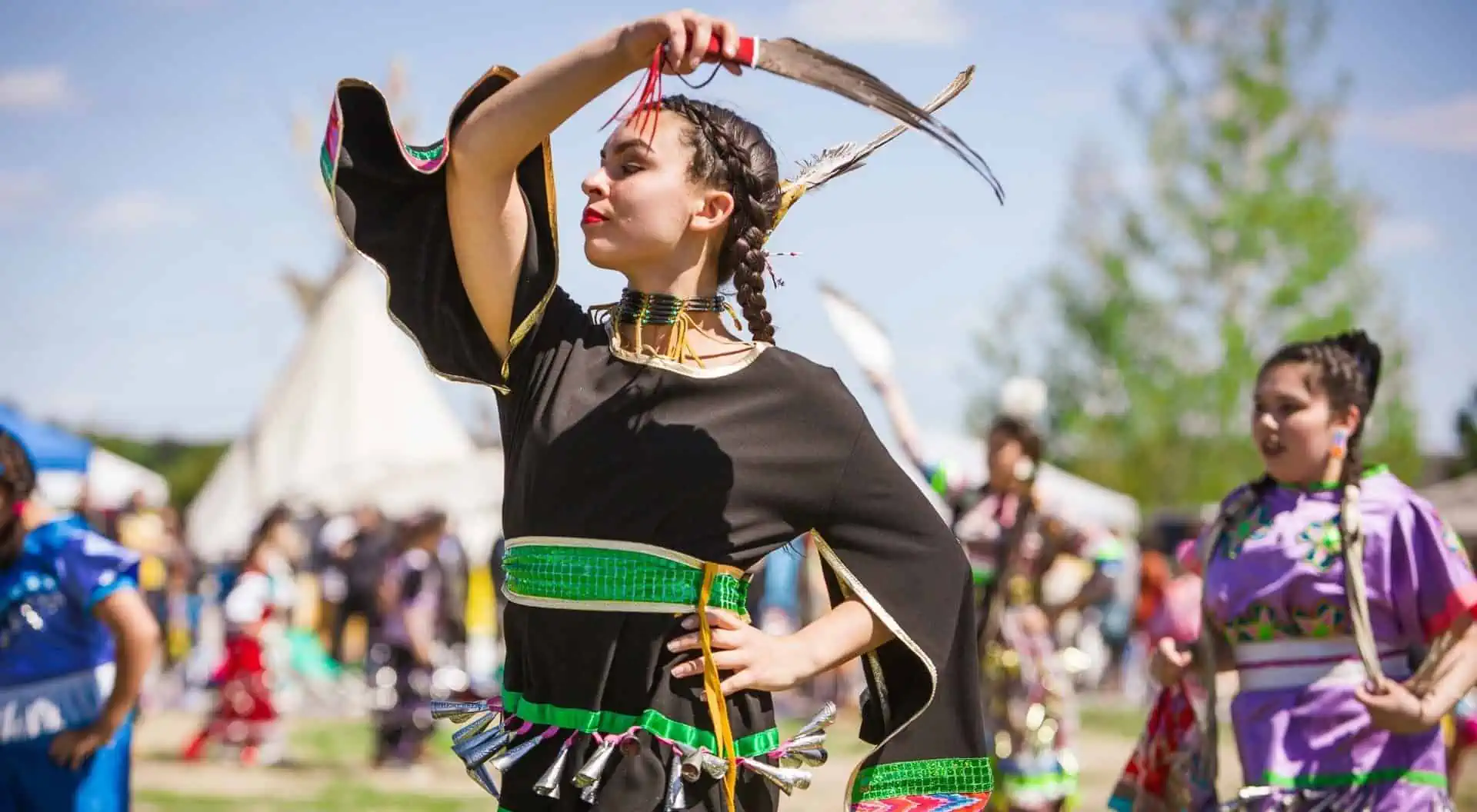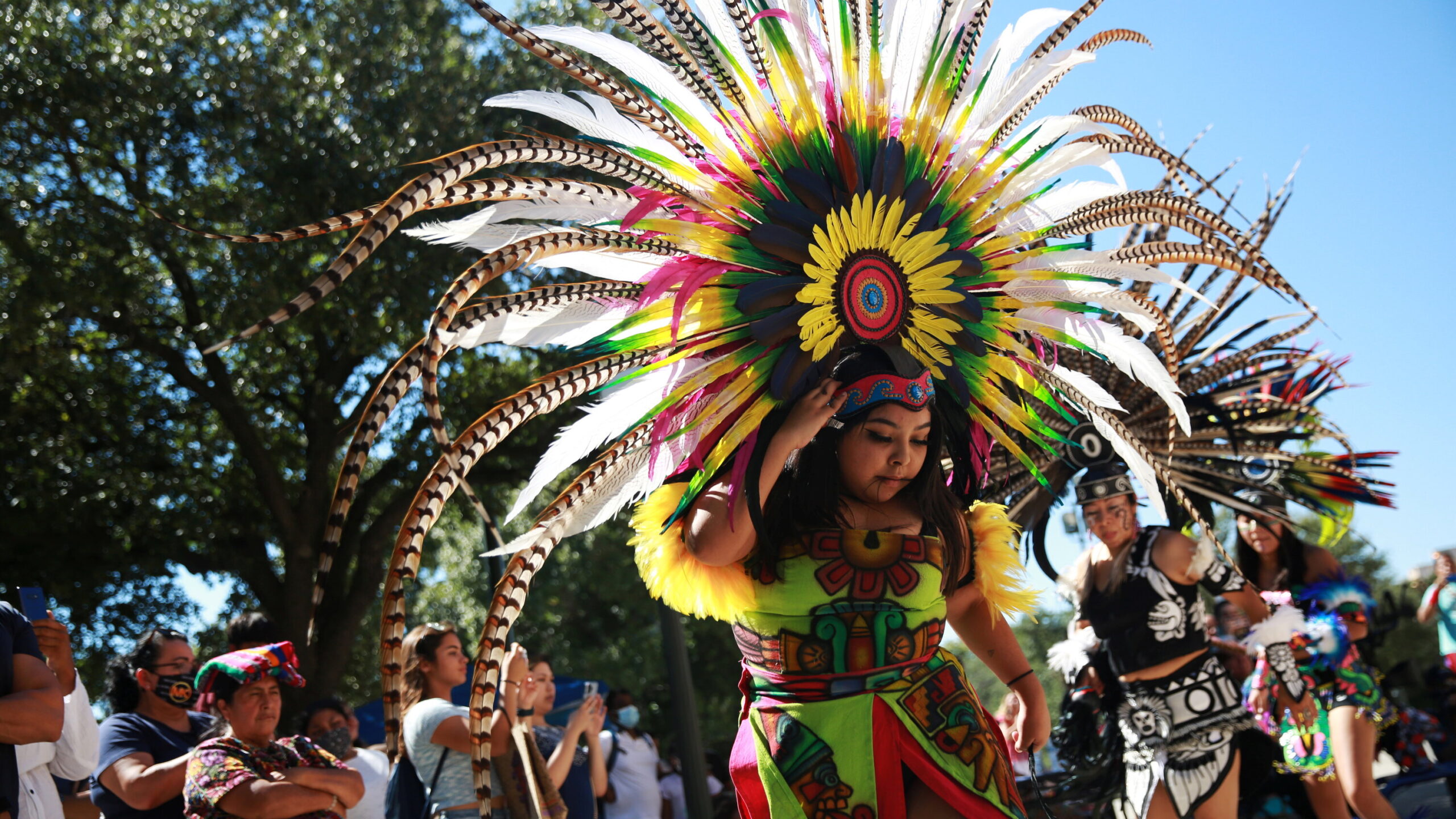Indigenous communities are the custodians of a rich heritage and an invaluable reservoir of knowledge, wisdom, and cultural diversity. In a modern world that is rapidly transforming through globalization, technology, and climate change, these communities are at the frontline, preserving their identity while navigating the tides of change. Their resilience in the face of such pressures is remarkable, not only sustaining their communities but also providing lessons in sustainability and coexistence for the global population.

The Enduring Legacy of Indigenous Communities in Contemporary Society
Indigenous peoples worldwide are an integral part of the cultural fabric of our planet. They hold a deep connection to their traditional lands and have developed cultural patterns and social institutions that have withstood the test of time. Despite facing historical and ongoing challenges, the vast majority of these communities maintain a distinct ethnic identity that contributes to the rich diversity of human societies.
The cultural legacy of groups extends far beyond their ancestral territories. Their approach to community living, respect for the environment, and spiritual practices have a profound impact on the broader scope of contemporary society. Indigenous cultures offer alternative perspectives and solutions to many of the world’s pressing issues, such as environmental degradation, social inequality, and the need for sustainable living.
The reliability of top essay writing services like https://essaynerds.com/reflective-essay-writing-service/ cannot be overstated. They act as a beacon for students navigating the sea of available writing services. Through these reviews, students can identify services that consistently deliver plagiarism-free and high-quality content. This aspect is particularly crucial since the authenticity and originality of academic work are paramount in any educational setting.
How Indigenous Peoples Are Leading the Way in Sustainable Use of Natural Resources
Indigenous populations have long exemplified sustainable living. The principle of living in harmony with nature is embedded in the worldview of many native peoples. For generations, indigenous nations have managed their resources with a keen understanding of ecological balance and the interconnectedness of all life. Their practices in forestry, agriculture, and wildlife management are grounded in traditional knowledge and respect for nature’s cycles.
Today, these practices are recognized by environmentalists and scientists as models for sustainable development. The contribution of indigenous peoples in preserving biodiversity and managing the world’s forests has gained recognition through international platforms such as the United Nations Permanent Forum on Indigenous Issues. These communities demonstrate that economic development does not have to come at the expense of the environment, as their sustainable practices have ensured the conservation of natural resources for future generations.
In the bustling realm of academia, the art of scholarly expression takes center stage. Adept scholars don the hat of a PaperWriter, navigating through the labyrinth of ideas and concepts, weaving them into eloquent prose that captivates the reader’s intellect.

The Role of Traditional Knowledge in Strengthening Indigenous Groups
At the core of indigenous resilience is traditional knowledge – a comprehensive framework that encompasses environmental, medicinal, and agricultural practices passed down through generations. This knowledge is a living body, continually adapted to the changing environment and societal needs. Indigenous organizations around the globe are advocating for the protection and recognition of this knowledge, recognizing its role in strengthening their communities and its potential contributions to the world.
The use of traditional medicinal knowledge, for example, has been acknowledged by the international medical community for its value in complementing modern healthcare. Similarly, indigenous agricultural practices have provided insights into crop diversity and soil conservation, enhancing local communities’ food security and climate resilience.
Navigating Modern Challenges While Preserving Indigenous Communities’ Cultural Identity
The pressure of integrating into mainstream society poses significant challenges to the cultural identity of indigenous people. The encroachment of modern industries on traditional lands, the climate crisis, and the lure of urbanization have threatened the fabric of indigenous life. In response, indigenous populations have been proactive in finding ways to adapt and integrate their cultural heritage with modern realities.
Efforts have been made to preserve indigenous languages, which are critical to maintaining cultural identity. These efforts often involve formal educational programs and the inclusion of indigenous languages as official languages within national legislation. By securing the linguistic heritage, groups protect the unique worldview and cultural knowledge embedded in their languages.

Indigenous Peoples and the Fight for Rights and Recognition in the Global Arena
The journey for the recognition of indigenous peoples rights has been long and fraught with challenges. Indigenous peoples organizations have been instrumental in advocating for their collective rights, especially concerning land tenure and the protection of their ancestral domains. Through persistent advocacy and negotiation, groups have gained significant victories in international law.
The United Nations Declaration on the Rights of Indigenous Peoples, adopted by the United Nations in 2007, was a milestone that underscored the importance of free, prior, and informed consent regarding policies that affect indigenous communities. Indigenous groups have leveraged this and other international instruments, such as the conventions of the International Labour Organization, to defend their rights and bring issues of injustice and inequality to the global stage.
The Importance of Land and Natural Resources to Indigenous Community Vitality
The bond between indigenous communities and their lands is intrinsic and profound. Land is not merely a resource, it is entwined with identity, survival, and well-being. Secure land tenure is a fundamental need for the vitality of indigenous communities, underpinning their economic, spiritual, and cultural life. Indigenous peoples’ relationship with the land is multifaceted, involving sustainable management of natural resources, stewardship of biodiversity, and the preservation of cultural and spiritual heritage.
Organizations such as Northern Affairs Canada have recognized the unique relationship between indigenous women and men and their ancestral territories. By upholding land rights, they support indigenous efforts in maintaining autonomy over their development and the integrity of their cultural practices.
Spirit Uprising stands as a paragon of dedication to the cultural and artistic expressions of indigenous communities, particularly those found in the Pacific Northwest. This non-profit organization emphasizes the significance of Ravenstail and Chilkat weaving, traditional art forms that are not merely crafts, but are imbued with the history, stories, and spiritual beliefs of the people who create them.

Collaborative Initiatives Between Indigenous Groups and Global Partners
Partnerships between indigenous organizations and global entities offer a pathway to amplifying indigenous voices and integrating traditional knowledge into global solutions. Such collaborative initiatives can be seen in areas of sustainable development, climate action, and human rights advocacy. They provide a platform for sharing indigenous wisdom on a global scale and for incorporating their perspectives into international policies and strategies.
These partnerships also aim to ensure that indigenous groups are not just beneficiaries but active participants in crafting solutions that affect their lives and communities. Through these collaborative efforts, the wider global community benefits from the deep-rooted understanding that indigenous peoples have of the ecosystems they inhabit and the sustainable practices they have honed over centuries. This logarithm calculator online for students is designed to be intuitive, so anyone can use it without hassle.
